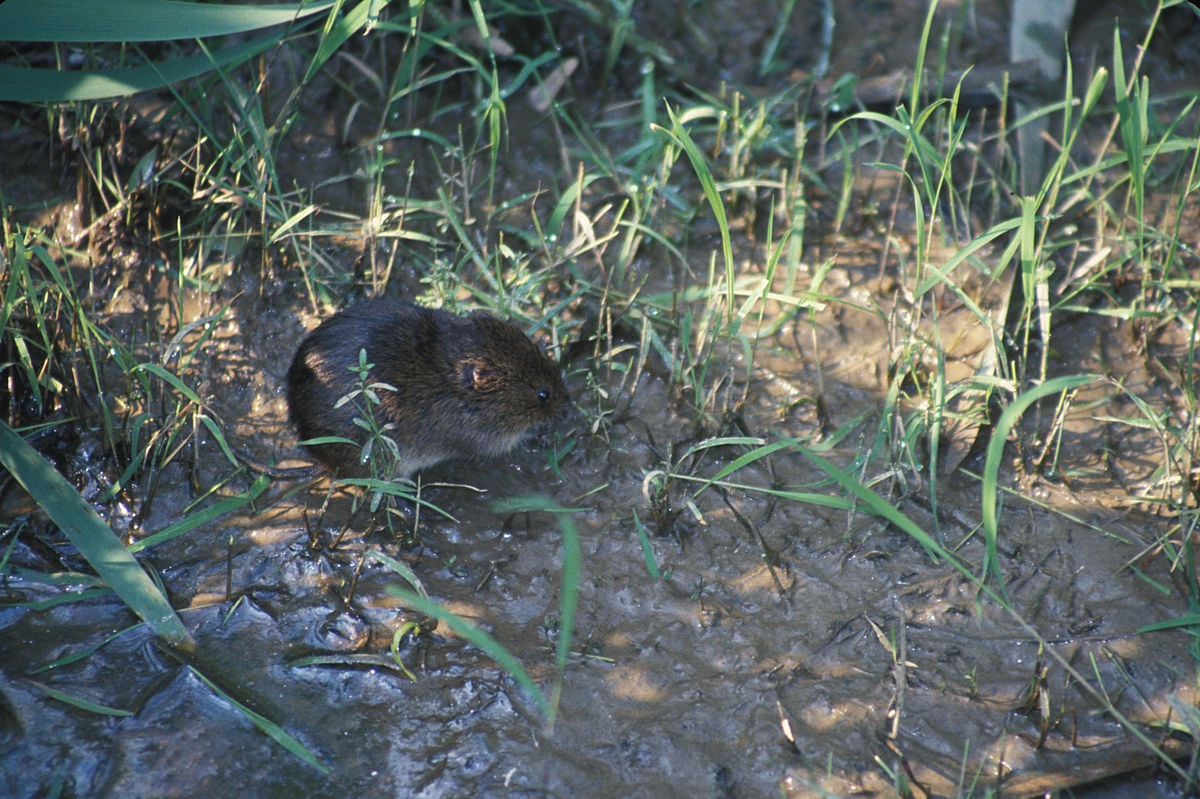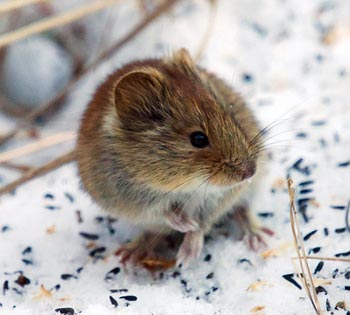Reliable Vole Control Solutions: Taking Care Of Vole Pest Issues
Reliable Vole Control Solutions: Taking Care Of Vole Pest Issues
Blog Article
Comprehensive Overview to Effective Vole Insect Control: Infestation Recognition and Therapy Approaches
In the world of effective parasite control, vole invasions position a distinct obstacle that requires a strategic strategy. These little rats, often incorrect for mice, can wreak chaos on gardens, lawns, and plants if left unattended. Determining the signs of vole presence and implementing targeted therapy techniques are necessary elements of an effective pest management plan. By checking out the subtleties of vole actions, recognizing key indications of infestation, and assessing a variety of control choices, one can develop a thorough strategy to deal with these evasive parasites.
Comprehending Vole Habits
Vole actions is characterized by their burrowing habits and rapid recreation rates, making them a challenging pest to regulate effectively. Their rapid reproductive rate further complicates control efforts, with women qualified of generating several clutters in a single year, each consisting of several children.
Voles are most energetic during the very early morning and night hours, investing most of their time foraging for food. Their tunneling routines not only interrupt yards and yards however also make them challenging to spot and get rid of. Recognizing vole actions is important for reliable pest control methods. By identifying their burrow areas, checking feeding locations, and implementing targeted control techniques, such as trapping or environment modification, vole invasions can be handled successfully.
Indications of Vole Problem

Prevention Methods
Implementing efficient avoidance techniques is vital in decreasing vole problems and safeguarding vegetation from their devastating feeding behaviors (vole pest control). To stop vole infestations, it is necessary to begin by getting rid of potential food sources and shelter. Keep lawn and plant life cut short, remove weeds and debris, and maintain a tidy garden or lawn to make the area less attractive to voles. Setting up barriers such as hardware cloth or underground fencing can also help discourage voles from going into certain locations. In addition, lowering excess dampness by fixing leaky pipes and making sure proper drainage can make the environment much less congenial for voles.
Routinely evaluating the residential or commercial property for indications of vole task, such as runways and tunnel openings, is critical for early detection and punctual activity. If vole activity is presumed, take into consideration utilizing repellents or traps strategically put near their paths.
Non-Lethal Control Methods
To efficiently manage vole populaces while focusing on gentle techniques, non-lethal control techniques offer practical solutions for reducing vole damages in landscapes and gardens. These barriers can be hidden at the very least 12 inches bent and deep at a 90-degree angle to prevent voles from burrowing underneath.

Lethal Control Options
One effective technique for addressing vole problems in landscapes and yards involves the strategic use dangerous control options. When confronted with an extreme vole infestation that non-lethal techniques have actually failed to consist of, executing dangerous control measures ends up being crucial. One typically used lethal control choice is making use of breeze traps. These traps are created to quickly and humanely kill voles upon activation, making them a prominent selection for many gardeners and landscaping companies. To increase the efficiency of breeze traps, it is suggested to put them in locations where vole task is high, such as along runways go to my blog or near burrow entrances. One more dangerous control option is the usage of poisonous baits especially formulated to target voles. These lures include toxin that is consumed by the voles, bring about their eventual demise. Nevertheless, care has to be exercised when utilizing poisonous lures to avoid damage to non-target pets or pets. In general, when employing lethal control options, it is necessary to do so properly and according to local regulations to click here to find out more effectively take care of vole problems.
Final Thought
To conclude, reliable vole bug control requires a thorough understanding of vole habits, recognition of indications of problem, application of prevention strategies, and application of both non-lethal and dangerous control methods. By combining these techniques, people can successfully manage vole populaces and safeguard their property from damage. It is necessary to attend to vole problems quickly to avoid additional concerns and reduce the effect on the surrounding atmosphere.
Offered the intricate tunnel systems and rapid recreation rates particular of voles, recognizing the indications of vole problem becomes vital in reliable parasite control. One of the primary signs of vole visibility is the visibility of surface area paths or trails in turf or snow, normally concerning 1-2 inches wide, created as voles travel between their burrows and food resources.To properly take care of vole populaces view while prioritizing humane methods, non-lethal control techniques provide functional remedies for lowering vole damages in yards and landscapes.One reliable approach for dealing with vole infestations in gardens and landscapes involves the tactical use of lethal control options. vole control utah.In conclusion, effective vole parasite control calls for a thorough understanding of vole actions, recognition of indicators of invasion, application of prevention methods, and use of both dangerous and non-lethal control methods
Report this page